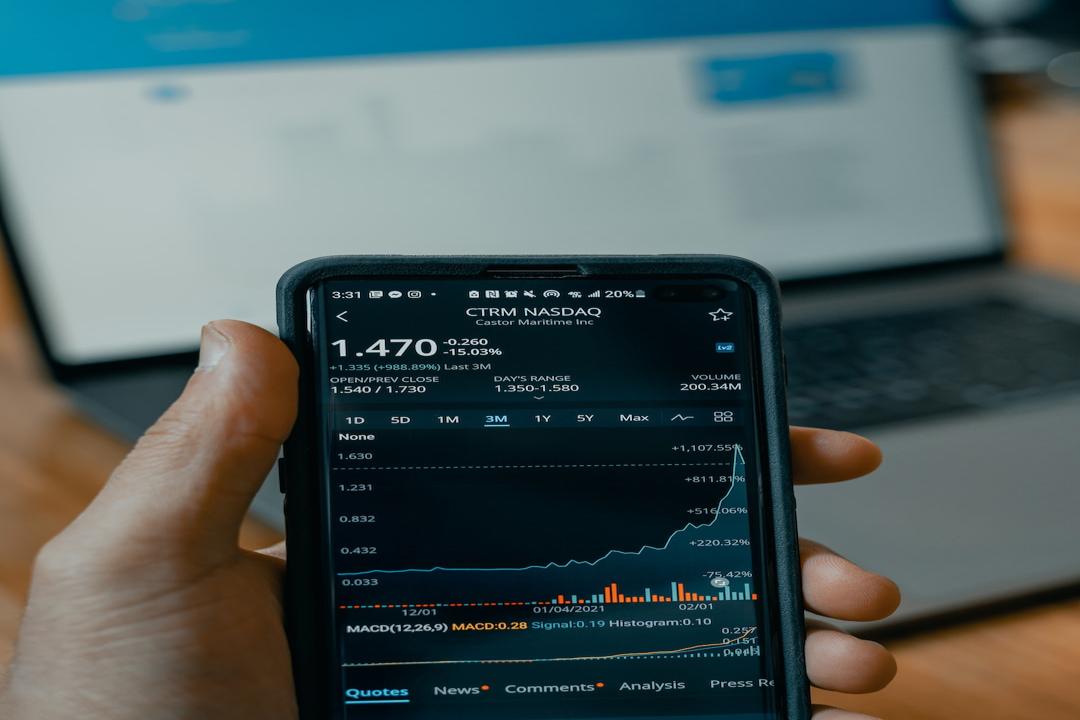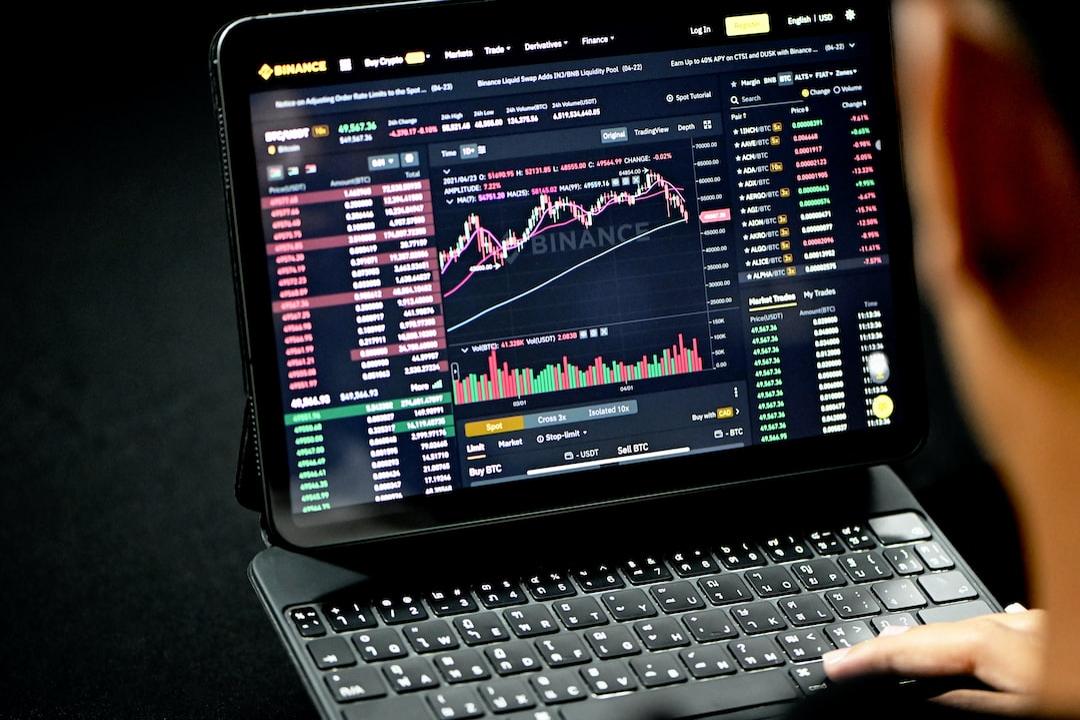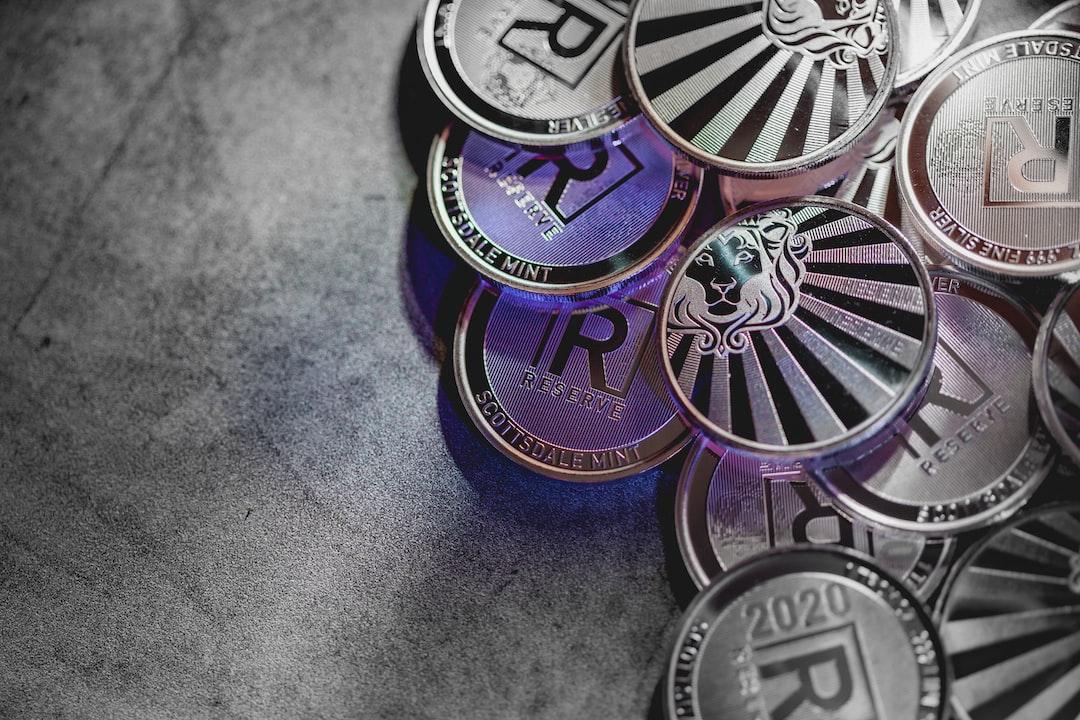David Hoffman, a co-owner of Bankless, has written an article outlining six major themes to watch in the 2024 bull market. These themes include re-collateralization and liquidity re-collateralization tokens (LRT), Solana, gaming ecosystems, data availability, and parallel EVM. The article, titled “2024 Crypto Metas,” is sourced from Bankless and compiled, translated, and written by BlockBeats.
In 2023, our industry experienced some of the most pessimistic sentiments in history, but it ended with one of the most optimistic patterns we have seen so far.
As we enter the 2024 bull market with renewed vigor, it is time to focus on key investment themes that will shape the new year. Stay ahead by understanding these six dominant narrative themes that will dominate in the coming months.
The re-collateralization theme has gained significant momentum even before EigenLayer’s official launch. Over $1 billion has already been deposited into the EigenLayer contract, and the competition to become a significant participant in the EigenLayer ecosystem is fierce.
Therefore, the war for liquidity re-collateralization tokens (LRT) is about to reignite, but this time, it will be the LRT war. Liquidity re-collateralization tokens will have all the profits from native ETH collateral and additional profits generated through the new re-collateralization network. Why settle for 5% LST returns when people can earn more returns through LRT?
You may ask, what is LRT? They are similar to LST, but their returns include profits from EigenLayer. EigenLayer supports AVS (Active Verification Service), which generates some earnings or fees for re-collateralized ETH. Re-collateralizers may re-collateralize to multiple AVS to maximize the productivity and returns of their collateralized ETH.
In other words, it would be valuable to develop a service that can securely and efficiently perform this task for users who may not have the technical expertise to do it themselves. This is where LRT comes into play. LRT aggregates user deposits, re-collateralizes them through the EigenLayer network, captures all profits, and passes them on to depositors.
This is great, but besides its basic utility, I believe one reason for the prosperity of LRT in 2024 will be the kickoff of the latest wave of airdrops. In this massive wave of interest and activity, LRT projects become a “double play” and offer opportunities for airdrop hunting. For example, Swell is currently offering their “Pearls,” which I believe are placeholders for the eventual Swell tokens located above EigenLayer points, which I also consider to be placeholders.

To be frank, I believe EigenLayer is becoming one of the largest airdrops in history, and the competition for dominant LRT tokens in Ethereum will be as fierce as the competition for dominant LST tokens.
Indeed, I am not familiar with all the LRT strategies of all the LRT teams currently in the scene. Here, I will let you do your own due diligence. However, there are two projects I am keeping an eye on because of my close relationship with the teams either as an angel investor or through Bankless Ventures, and these two projects are Puffer and Swell mentioned earlier.
It is worth noting that Puffer has a unique advantage in its collaboration with SGX, which provides additional cutting protection as an extra defense layer against capital loss. This mechanism, combined with Puffer’s collaboration with Justin Drake on smooth commitments and with Flashbots’ Andrew Miller on remote attestation, enables the project to unlock efficiency and opportunities that other LRTs may have to catch up with.
As for Swell, it is an LST project that has turned to Liquidity Restake when they saw signs of trouble. Swell has already been leading the competition as EigenLayer opens the doors for deposits. Now, Swell ranks first in the LRT project for EigenLayer deposits and second in LST deposits, second only to Lido.
However, there are other projects worth watching in this landscape, including Rio Network, EtherFi, Renzo Protocol, and Kelp DAO.
Is the meta-theme now “Bitcoin, Ethereum… and Solana”?
Solana is currently making a big splash. This happens when a token rises 900% within a year. It has re-attracted capital and attention from venture capitalists and has emboldened its community, who previously believed in its potential.
It is certain that the launch of Jito has just sparked a version of Ethereum’s 2020 DeFi summer on Solana. Now it is evident that the application layer of the network has risen from the ashes of the 2022-2023 bear market.
With SOL just entering the top 5 cryptocurrencies, everyone is watching to see if Solana can achieve what its biggest supporters believe it can: become the most likely place to host breakthrough consumer crypto applications in the upcoming bull market.
Assuming Solana fulfills its potential here, it will need to attract more innovative founders who build novel applications, not just shinier versions of what Ethereum already has. Solana will need to develop new types of applications that have never been seen before in the cryptocurrency space, enabled by the unique properties provided by the network.
DePIN seems to be an early standout competitor here. However, it is still uncertain whether there is any substantial substance to be found here. Nevertheless, we will see that the industry is worth closely monitoring, regardless of the outcome.
Meanwhile, a significant number of tokenless Solana protocols still need to airdrop tokens in 2024, which means the hype and attention around Solana will continue until they do so. Whether Solana can maintain people’s attention after the end of the Solana version of DeFi Summer remains to be seen.
Internally, Solana’s attention has shifted to its economy. With some of Solana’s most challenging issues becoming a thing of the past, it is now time to focus on the next easily achievable target in the project, which is its native fee market and overall economic structure. Can Solana solve its economic problems? Only time will tell, but its community is more excited about its potential than ever before.
Gaming seems to be the most reliable category for breakthrough crypto applications in the near future. This is mainly because we know that many highly anticipated games are currently under development, and some of these games will be released in 2024.
If games are fun, players will play. If game developers know what they are doing, they will cleverly introduce crypto elements as needed, rather than making them overwhelming elements of the game. The gaming content itself is a huge industry, and the distribution that can be achieved through the gaming field is immense.
The best thing about the contemporary crypto gaming industry is that it is moving away from explicit focus on crypto-native players. Many new games are being developed for those who are unaware of cryptocurrencies.
This shift puts our space miles away from one of the most populous countries on Earth, as there are currently around 3.2 billion gamers worldwide. If we can build a game that attracts cryptocurrency agnostics, it will be the first breakthrough example of cryptocurrencies offering something to those who don’t care about cryptocurrencies.
Meanwhile, take a look at gaming ecosystems like Immutable and its IMX token, as they represent exciting examples. Immutable is developing a game-specific zkEVM chain built on Polygon, which is currently valued higher than Arbitrum!

The war for data availability has also begun, and the start of this war can be traced back to the TIA airdrop, which started with a valuation of $20 billion and the chart rising to $14 billion.
So, why is everyone obsessed with data availability now?
In other words, it is fair to assume that DA is like the bandwidth layer of Web3, and a cheap DA layer will transition cryptocurrencies from being slow and expensive to fast, cheap, and abundant without sacrificing decentralization. In fact, DA is a major bottleneck that prevents chains from scaling in terms of resource cost and throughput levels. Therefore, any DA chain that can meet these demands can see long-term sustainable value flow in the crypto economy.
I am watching EigenDA, which is launching soon and will be the first AVS to go live on EigenLayer, serving as the first additional revenue source for the LRT tokens mentioned earlier.
EigenDA is built differently from Celestia and has some unique network properties. Since EigenDA is secured by collateralized ETH rather than an alternative L1, it makes EigenDA’s DA properties closer to Ethereum, reducing some security assumptions and potentially making it an easier choice for rollups that require more DA than what Ethereum L1 can provide.
Celestia and EigenDA are the two main competitors currently, but others have also joined the DA war. For example, NEAR has added DA functionality to its chain, and it has some unique properties due to the sharding research it has done over the years. I’m sure there are more projects I haven’t heard of or are secretive, and they will launch in 2024 because the rewards in the DA race are now so significant.
Solana has sparked the urgency to build optimized virtual machines for Web3. In a recent episode, I asked Solana founder Anatoly Yakovenko, “What is the most critical component of Solana?” He answered, “Parallelizing SVM.” This unique feature that Solana brings to the market is the ability to process multiple transactions simultaneously as long as these transactions do not touch the same state.
This is a significant advantage of SVM and a weakness of EVM. Now, the war for parallel virtual machines is happening on Ethereum L2 and new L1s. For example, the Eclipse project is adopting SVM and building an Ethereum-based aggregator (using Celestia for DA), and it is not the only project doing so.
Monad is another project that has been committed to parallelizing EVM for some time. Rebuilding EVM from single-threaded to multi-threaded execution is not an easy task, but the rewards of successful execution are enormous. Imagine the scale, speed, and affordability of Solana combined with the Ethereum ecosystem. Monad aims to achieve EVM bytecode equivalence, which means any code written in the EVM environment can be ported to Monad without any cost.
The strategy of “Solana’s speed and Ethereum’s distribution” is not only recognized by Monad and Eclipse. Sei has also embraced this strategy, as they recently announced becoming a proven parallel EVM chain.
Please note that when I started writing this article in December, since then, the price of SEI has exploded as people have shown more interest in this narrative than I anticipated. As Monad has not launched yet, SEI is the only way to easily access parallel EVM narratives, and its token has appreciated accordingly.

While Monad seems to intend to remain as a standalone L1, I predict that Monad EVM will become a target for Ethereum L2 alternatives. If Monad open-sources its EVM, it will become a highly sought-after software for Web3. For Monad, simultaneously pursuing ETH L2 and a standalone L1 may also be a viable strategy to ensure it fills the competitive landscape as much as possible.
My very safe prediction for 2024 is that $2 billion will be airdropped into users’ hands. EigenLayer may even achieve this on its own.

Airdrops were not new in 2021, but the retroactive Uniswap airdrop did spark a new paradigm for airdrop meanings and how applications leverage them. Fast forward to today, and some of the biggest projects in the space have been fine-tuning their token distribution plans for years.
So, now is the time to take action. For example, StarkNet and LayerZero have recently confirmed upcoming token launches, and I expect both to happen in the first quarter of 2024.
These airdrops will also force others to expedite the pace of their token launches. Once the full momentum of a new airdrop season starts, it is hard to stop. As giants give up their tokens and hand over billions of dollars to users, you will allow followers to quickly develop their “applications” and release their “tokens” to catch up with this wave.
Once this happens, you will know that we are approaching the peak of the bubble, and it is time to start selling instead of buying. Be cautious as the trap of airdrop mining may attract most of your funds to maximize returns, but this will happen when you have a reason to withdraw your funds.
For example, Alameda started a risk-free Bitcoin arbitrage business on exchanges and eventually fully utilized illiquid garbage coins as the bull market progressed. You want to do the opposite. You want to start fully utilizing illiquid garbage coins and then sell them for dollars, BTC, ETH, and other hedge positions as the bull market progresses.
Related Reports
50 Market Investment Guidelines: Focus on Growth and Speculation in Bull Markets, Income and Users in Bear Markets
Master the Top Ten Laws of Economics: Understanding Investment Behavior and Decision-Making
Fos: SEC to “Approve” Bitcoin Spot ETF as Early as Friday, Trading Begins Next Week, BTC Rises Back to $43,000


